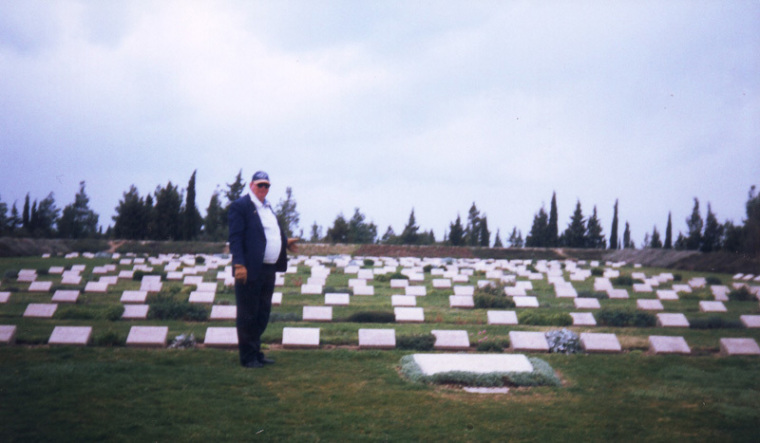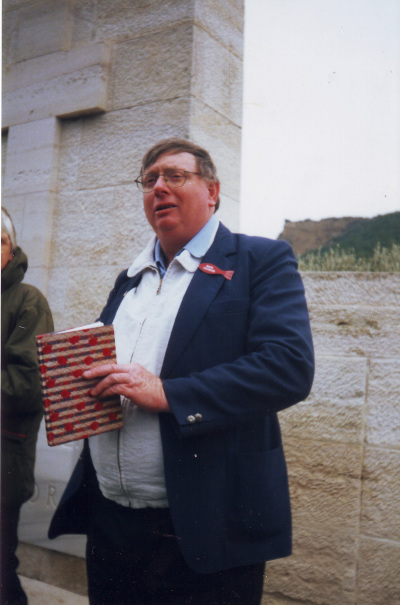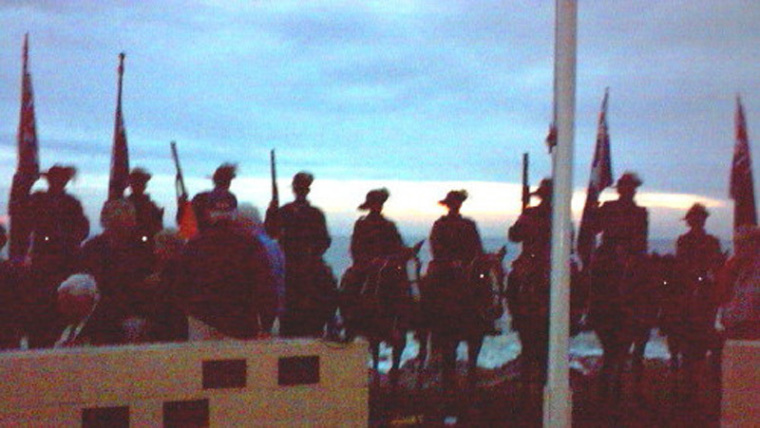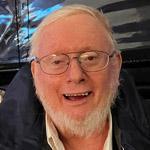
Throughout 2020 we heard on news casts the accusations and military determinations against specific current and former SAS members. These are those ion the front line in the hardest of situations for any military person.
So why write on War Graves, Australians would have to be deaf not have heard the drama associated with the war crimes allegations of Special Forces and the back lash of their families. Why would anyone bother joining our military?
We surely recall Russell Crow's 'The Water Diviner'. The story line is about a father, an Australian farmer, who lost his three sons on Gallipoli in that disastrous military campaign in 1915.
http://en.wikipedia.org/wiki/The_Water_Diviner
What fascinated me, amongst many things in the movie, was the work of the Commonwealth War Graces Commission in 1919-20 on Gallipoli as the team painstakingly identified from old military maps exactly where the various battles took place and then finding the bodies and dog tags.
We discovered through the Turkish officials that this identification of the dead was something new to war fare, whereupon in the past, huge pits were dug, the human dead along with the dead animals and lime and then covered with dirt which was soon converted into a huge fertiliser pit.
The specific task therefore to identify each of the Australian dead, collect the dog tags, write down where each soldier had fallen, check the bones and skull, lay them out, place them securely in protective covering and bury them formally in memorial cemeteries such as at Lone Pine – this was the task of the War Graves team.
Whereas this careful analysis was undertaken for each fallen Australian soldier, the same was not said for the Turkish dead whereby their skeletons were loaded several high onto huge trolleys and carted away.
Remember this was five years after the failed Anzac campaign had come and gone, the heart wrenching of the soldiers who had to leave their dead mates behind, in a sense all that they did was not enough to secure the high points and secure the peninsular as had been the original plan.
The television program 'Gallipoli from Above' which I was given as a Christmas gift by one of my daughters, once again illustrates how difficult such a task was and pin points from the highest point as to how far the Australians reached.
http://sensiblefilms.com/portfolio/gallipoli-from-above/

Gallipoli from above
This one-hour documentary overturns many of the myths about the Gallipoli landing; that the Australians landed at dawn, on the wrong beach, with little knowledge of the Turkish defences and they were led by incompetent British officers. In fact, nothing could be further from the truth.
The Australians ran their own show, using aerial intelligence, emerging technology and innovative tactics to land 20,000 troops on a heavily defended and precipitous shoreline. They used an aircraft carrier and a squadron of biplanes to gather detailed information on the disposition of the Turkish defenders and developed a plan for the landing that avoided significant casualties.
It is now nearly 106 years since the landing and hundreds of books, movies and documentaries have failed to grasp the significance of the ANZAC achievement. When Churchill devised a plan to outflank the Germans by forcing a passage through the Dardanelles, he set in train a series of events that would become a monumental disaster. When it was over the British wanted to forget about Gallipoli, but for Australia the campaign would become a foundation myth of nationhood.
Hence the pressure, not least from back home in Australia to fully recognise the Australian dead on Gallipoli and find every dead soldier, mark where they lay, and then place the remains in a marked grave along side their mates in properly laid out military cemeteries which is what we now see when visiting 100 years later.
There were three coach loads in 1999 when we visited and I was invited to preach on ANZAC cove. Later we trekked through the battle lines and Lone Pine and the cemeteries. We saw all those familiar Australian names on the tomb stones. It was as if we were on Australian soil, but this was precious ground.
War Graves
The Commonwealth War Graves Commission has attended every war Australia has participated in and engaged with these same activities.
When on mission anywhere in the world including Port Moresby and Lae in Papua New Guinea (which are particularly poignant to Australians from WWII) I took time to visit the war cemeteries.
On the War Graves web site one can actually put in a name of a dead Australian war casualty and up will come the related information. James Tronson 28 died at Ypres 1917 and Edward Tronson McVae in 1945 aged 52 and buried at Mount Thompson. My grand father on my mother's side Harry Davis a pilot was killed at the end of WWI and his war grave is is the British War Cemetery in Cologne Germany where many of the Royal Flying Corps men are buried.
Australians cherish the memory of their war dead as part of our national philosophy that life given by God is precious and of intrinsic value, more so in battle where as volunteers they offered their lives to protect their loved ones, their freedom and nation.


Dr Mark Tronson - a 4 min video
Chairman – Well-Being Australia
Baptist Minister 45 years
- 1984 - Australian cricket team chaplain 17 years (Ret)
- 2001 - Life After Cricket (18 years Ret)
- 2009 - Olympic Ministry Medal – presented by Carl Lewis
- 2019 - The Gutenberg - (ARPA Christian Media premier award)
Gutenberg video - 2min 14sec
Married to Delma for 45 years with 4 children and 6 grand children